 Home
Home
(Stock Code of Science and Technology Innovation Board: 688179)
Skip to Content- Customer Service: 400-620-6333
- Login
- Create an Account

Glycosidases
Glycosylases are a group of enzymes that includes glucosidases, mannosidases and heparanases. There are two glucosidase subtypes, α- and β-glucosidase (EC numbers 3.2.1.20 and 3.2.1.21 respectively), which are both found in the gut. They hydrolyze terminal (1,4)α-glucosidic linkages and (1,6)β-glucosidic linkages, liberating α-glucose and β-glucose respectively.
Mannosidases are divided into two subtypes: I and II, (EC numbers 3.2.1.113 and 3.2.1.114 respectively) which display a wide expression pattern. Mannosidase I hydrolyzes (1,2)-linked α-D-mannose residues in the oligo-mannose oligosaccharide Man9(GlcNAc)2 and mannosidase II hydrolyzes (1,3)- and (1,6)-linked α-D-mannose residues in Man5(GlcNAc)3. Both subtypes require a divalent cation cofactor.
Heparanases are endo β-D-glucuronidase enzymes that cleave heparan sulfate side chains of heparan sulfate proteoglycans on cell surfaces and the extracellular matrix. Heparanases are involved in the clotting pathway and interact with tissue factor (TF) and TF pathway inhibitor (TFPI) to promote coagulation. Additional physiological roles include heparan sulfate turnover, embryo development, hair growth, and wound healing.
Inherited mutations in glucosidases can cause diseases such as Pompe disease (α-glucosidase deficiency) and mutations in mannosidases can cause mannosidosis (mannosidase I deficiency). Overexpression of heparanases is strongly implicated in tumor metastasis and angiogenesis.

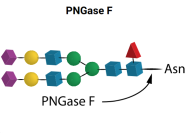
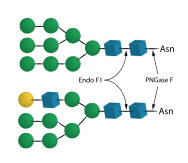
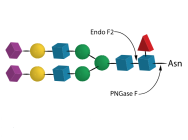
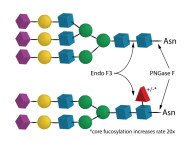
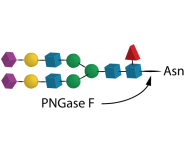
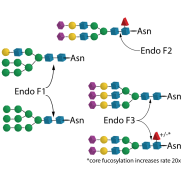
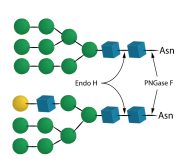
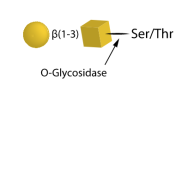
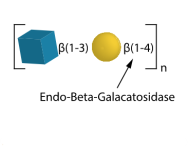

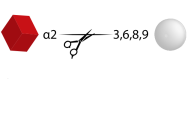
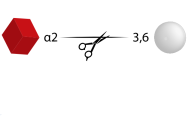
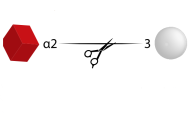
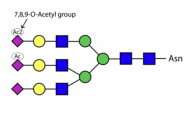


 Hazardous Chemicals Business License (with storage)
Hazardous Chemicals Business License (with storage)